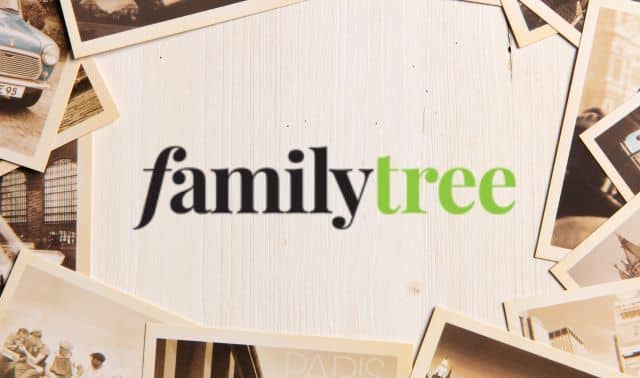Sign up for the Family Tree Newsletter Plus, you’ll receive our 10 Essential Genealogy Research Forms PDF as a special thank you!
Get Your Free Genealogy Forms
"*" indicates required fields
Have you ever walked into an antique store and found a photo with a name on it? This is known as an orphan photo.
At some point in its photographic lifespan, it became separated from its family. Photos are rarely mentioned in probate records, their inheritance often a matter of serendipity. When family members die and no one steps forward to claim pictures, they end up in tag sales, antique shops and on eBay.
The next time you see one of these pictures, consider purchasing it. Using your genealogical research skills, you might be able to reunite it with family members that “lost” a piece of the past. They’ll be glad you found it.
I’m working on two such images, but haven’t solved the ownership mystery yet. Here’s what I’ve done to research the images.
1) Date the Image
Unless the name on the image is unusual, it’s necessary to have a time frame. Photographer’s work dates, clothing details, props and photographic format can place the image within a range of dates. Next, I estimate the age of the person in the image.
2) Consult the Census
Using information in the photographer’s imprint, such as geographic location, can help narrow down the search parameters. I start by searching the census using full names. Since the name on the image might be a nickname, also try wildcard searching. If the photo was taken in a small town, it’s sometimes useful to browse through the census for that area to locate others with a similar surname.
3) Use City Directories
Ancestry.com, Fold3.com and local libraries and historical societies often have city directories. Search for the photographer and for the surname of the person pictured.
4) Survey the News
Since it was common for family to visit photo studios when they were on vacation or visiting relatives, it’s a good idea to see if there are any newspaper stories about special events or advertisements for the photographer. Each resource provides you with an opportunity to verify the information in the caption.
5) Check Genealogical Databases
Search a variety of genealogical databases such as Ancestry.com and Geni.com. On Ancestry, click the box “Family Trees” at the bottom of the search screen to search for matches. On Geni.com, use the Search People box on the top right.
In addition to these tips, I also analyze the handwriting to determine if someone living within the lifetime of the person depicted wrote the caption, or a descendant did it later. For instance, ballpoint pen is a 20th-century invention.
Sometimes success is just a few clicks away, while other times the answer seems out of reach.
This month, I’ll also blog about other ways to reconnect with your “missing” family photos.
Solve your family photo mysteries with these books by Maureen A. Taylor:
ADVERTISEMENT




